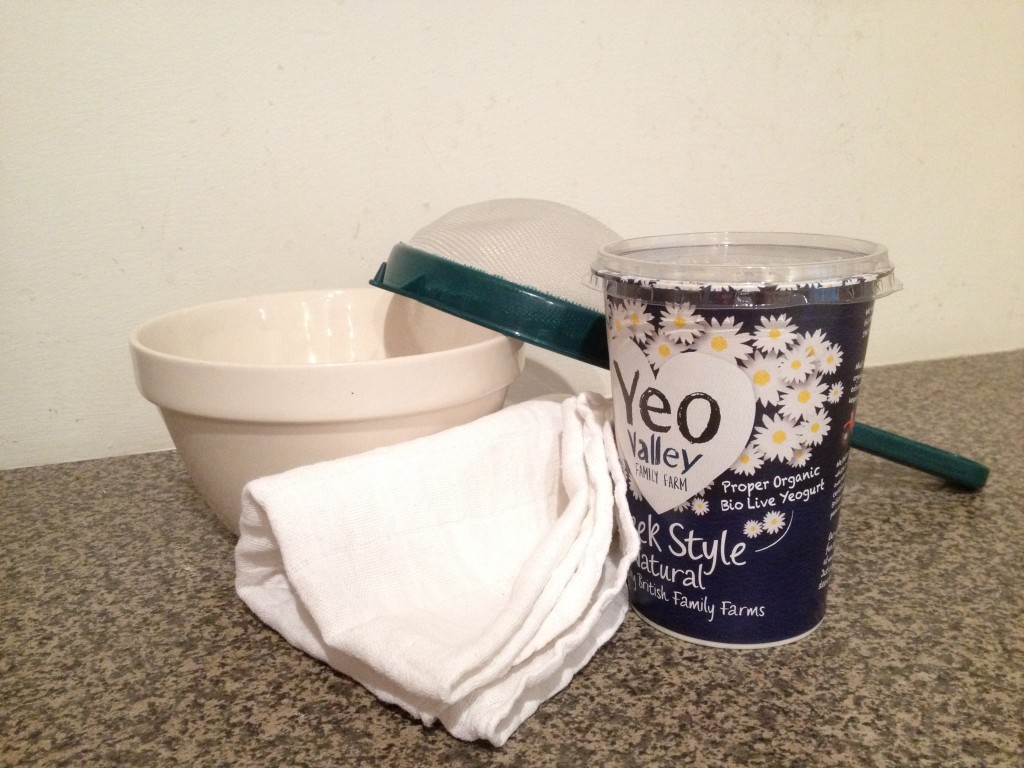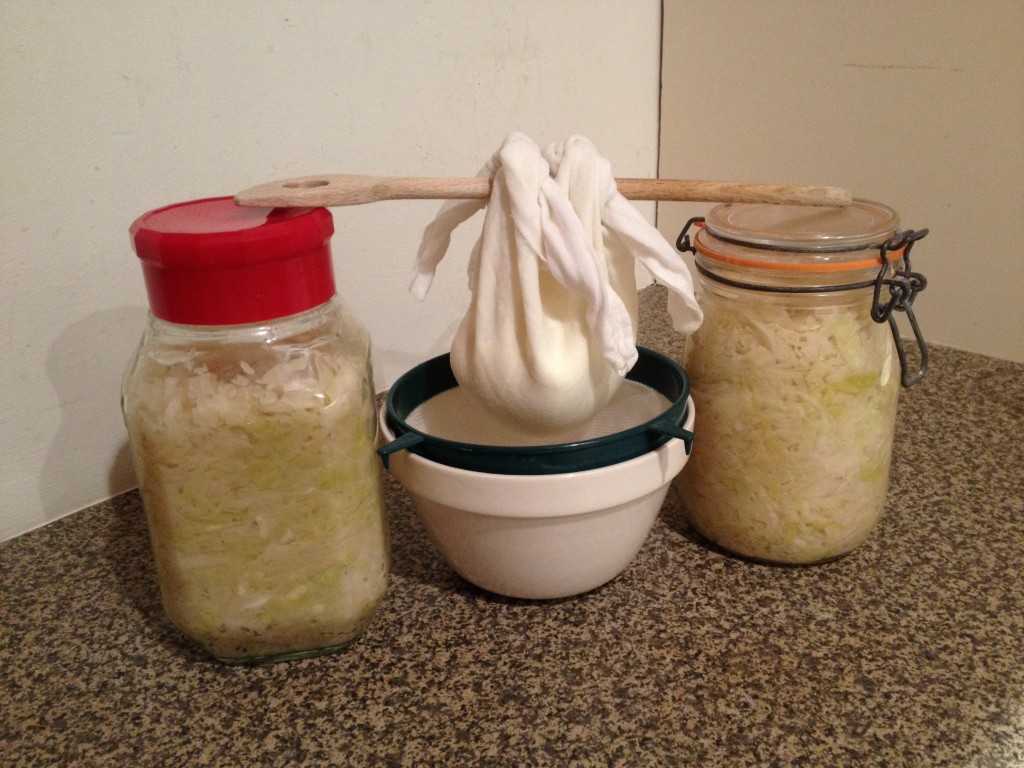 Water kefir, also called Tibicos, is made from live granules that are used to ferment carbohydrate-rich liquids such as fruit juices, coconut water, sweetened herbal teas and non-dairy milks. It offers a healthier alternative to commercial fizzy drinks containing many chemicals, and also contains beneficial bacteria.
Water kefir, also called Tibicos, is made from live granules that are used to ferment carbohydrate-rich liquids such as fruit juices, coconut water, sweetened herbal teas and non-dairy milks. It offers a healthier alternative to commercial fizzy drinks containing many chemicals, and also contains beneficial bacteria.
The granules are a type of SCOBY (symbiotic community of bacteria and yeasts), consisting mainly of lactic acid bacteria. Water kefir is very easy to make but it does take a bit of looking after, almost like a little pet. The grains will quickly multiple and so you can pass some on to friends or make larger batches.
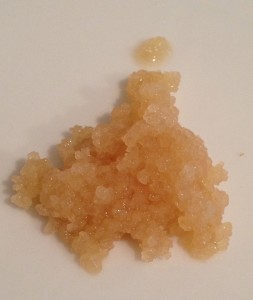
Sweeteners
Other carbohydrate sweeteners can be used instead of sugar such as maple syrup, agave syrup, rice syrup or barley malt. Honey seems to be a little controversial due to its antimicrobial properties however Sandor Katz writes that you can use honey to make water kefir in his new book The Art of Fermentation
Stevia, xylitol and other non carbohydrate sweeteners will not ferment.
Ingredients
- 1 jar of water kefir grains
- 9 organic apricots
- 100g brown sugar
- juice from half a lemon
- 1 slice fresh ginger, peeled
- 1 litre filtered, chlorine-free water (if using
tap water boil for 5 minutes and then allow
to cool to room temperature)
Experiment with other unsulphured dried fruits
such as raisins, figs or even cherries. Also play
with switching the ginger for fresh mint, cardamon,
anise or whatever else you think of trying.
Where to buy water kefir
HappyKombucha sell a great variety of SCOBYs. Their basic recipe, adjusted slightly, is used here.
Method
- Dissolve the sugar into the water in a large wide mouthed glass jar.
- Add the dried fruits, lemon juice, slice of ginger and kefir grains, stir.
- Either seal the jar or cover with muslin cloth (kefir neither needs oxygen nor is inhibited by it).
- Leave at room temperature for 2 days.
- Sterilise your glass bottles with boiling water and allow to cool.
- Remove the fruit, strain the liquid and transfer into bottles. Fill the bottles right to the top and then seal.
- Prepare the kefir grains with their next batch of ingredients to ferment. As the grains multiply the ingredients will need to be adjusted.
- Allow the sealed bottles to carbonate as they continue fermenting at room temperature for another day or two. After two days transfer to the refrigerator to prevent overcarbonation.
- Serve chilled, over ice.
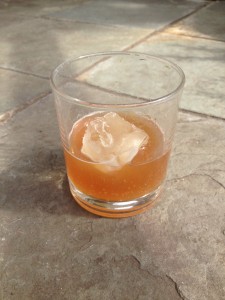
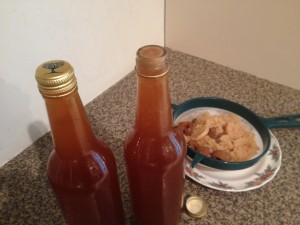
Looking after the kefir grains
Ideally they should be fed fresh sugared water every two to three days.
It is good to get into a rhythm with it. If they are left for too long in an acidic condition, which they will create for themselves, then they will die. You can leave the grains in a fresh solution in the refrigerator for about a week. If you will be away for longer then that it is best to try and find somebody to baby sit them for you. It is possible to freeze them for a couple of months. To do this just rinse the grains and pat dry before freezing in a sealed bag.
For more information on fermenting tonics and beverages, as well as almost all other types of foods, see The Art of Fermentation by revivalist Sandor Katz.
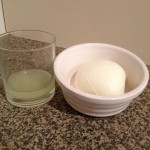 Whey is often used in fermented condiment recipes. Its role is as a starter culture because it is rich in lactic acid and lactic acid bacteria (or lactobacilli). Some people use it so they can use less salt in their recipes. When I mention whey many people ask me what I mean as they have only heard of it as whey protein powder or featuring in a nursery rhyme as ‘curds and whey’.
Whey is often used in fermented condiment recipes. Its role is as a starter culture because it is rich in lactic acid and lactic acid bacteria (or lactobacilli). Some people use it so they can use less salt in their recipes. When I mention whey many people ask me what I mean as they have only heard of it as whey protein powder or featuring in a nursery rhyme as ‘curds and whey’.